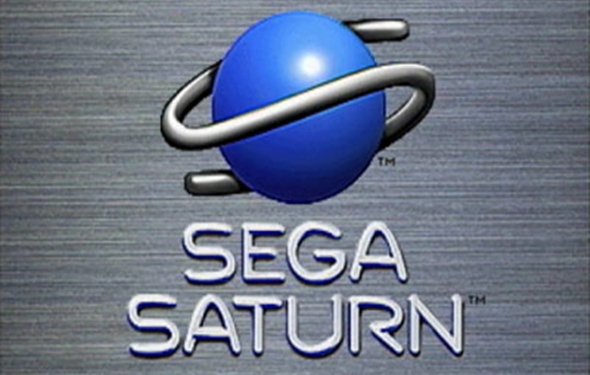Gaming History: The Life of the Sega Saturn
Two new consoles are just about to be launched: the Xbox One and the PS4. With the launch of new systems, people always like to take a look back at the systems that have come and gone. This goes double for systems that were flops. Maybe people like looking at this to determine what the upcoming systems “should not do” to avoid the same fate. When looking back on unsuccessful systems, one of the top ones that comes to mind is the Sega Saturn.
Before Sega even launched the Saturn, it was already loosing consumer trust. A lot of this had to do with the flop of other Genesis add-ons, like the Sega CD. Either way, Sega was ready to move past this and release an actual new system, not just an add-on. The Saturn launched in Japan on November 22, 1994. The first shipment of this system saw 200,000 systems put into the market. These systems sold just as quickly as Sega could put them out. Why? This was mostly due to one game, “Virtua Fighter.”
If there was one thing that Sega knew, it was how to make great arcade games. Although arcades kind of faded away in America, they were always big in Japan. So the ability to play an arcade game, like “Virtua Fighter,” at home was a big deal. Although the Genesis had released some arcade ports, none of them truly captured the arcade feel like the Saturn did. Due to this, arcade games started to form the lifeblood of the Saturn. While this was a great idea in Japan, it turned out to be a huge mistake for America, which was in the middle of an arcade recession.
The problems for the Saturn really started thanks to Sega of America. Wanting to get a head start on Sony’s PlayStation, Sega of America announced at E3 1995 that it was launching the Saturn early, which turned out to be premature. Not only did it upset a lot of third-party developers, who were still in the process of making their Saturn games and not ready to launch, but it upset a lot of stores who were promised Saturns at launch but still had not received any shipments. In short, Sega burned a lot of bridges by launching early.
To make matters worse, the Sega Saturn launched with the high price point of $399. Sony managed to steal back some of the thunder from the early launch announcement made by saying that it was launching the PlayStation for $299.
Now the Saturn found itself in a lot of trouble. Not only did a lot of stores refuse to carry the Saturn because of the early launch, but the system was $100 more than the upcoming PlayStation. Not only that, but the Saturn launched with a terrible lineup of games. This lineup did not get much better during the first year, which was the period in which Sega had to pull ahead of Sony. The biggest problem was that third-party games were not ready, and some third-party developers simply decided not to make games for the Saturn since they missed out on making launch titles.
It just got worse from there. Sega of America also believed that American gamers had no interest at all in RPG games. Thus, they blocked most of them from ever being released in America. This left most gamers with only arcade ports to choose from, which was a dying fad in America anyway. Luckily, a few games proved to be hits early. This included “Panzer Dragoon” and “Clockwork Knight.” Either way, fans could not help but notice that their favorite Sega mascot, Sonic, was shockingly absent from the Saturn lineup.
Yet another thing that the Saturn had working against it was its architecture. The system turned out to be a pain to make games for. Although the system was a 32 bit system, it was set up on a dual core processor. This was a setup that most developers were unfamiliar with at the time. To make matters worse, both of the CPUs shared the same memory, and only one CPU could access the system memory at a time. As a way around this, a lot of developers simply made games that ran on just one processor, which really did not make the Saturn look like a next generation system.
With the Saturn dying quickly, Sega believed that they could help it turn a profit by focusing on quality over quantity. This led to the development of some of the best Saturn games. These include “Guardian Heroes,” “NiGHTS into Dreams,” “Panzer Dragoon Saga” and “Shinning Force III.” There were always rumors flying around that Sega was bringing back popular titles from the Genesis, like “ToeJam and Earl,” but these titles never saw the light of day.
In a last attempt to save the system, Sega charged developer Yu Suzuki to build a killer app for the Saturn. This game was “Shenmue,” but it was never made for the Saturn because the system died out too fast. This project was later moved over to the successor of the Saturn, the Sega Dreamcast.
The death of the Saturn came just two years after its launch at E3 1997. It was at this time that the CEO of Sega of America stated that the Saturn was not Sega’s future. This statement all but killed the system. While there were still a few releases seen in 1998, the system was all but dead. Killing the system after two years also hurt consumer confidence. The people who purchased the system for $399 never felt like they got their money’s worth out of it.
At this point, Sega was bleeding cash, and it needed to be put on life support. However, Sega said it would not go down without a fight and announced a new system, the Dreamcast. That, however, is a story for another day.



